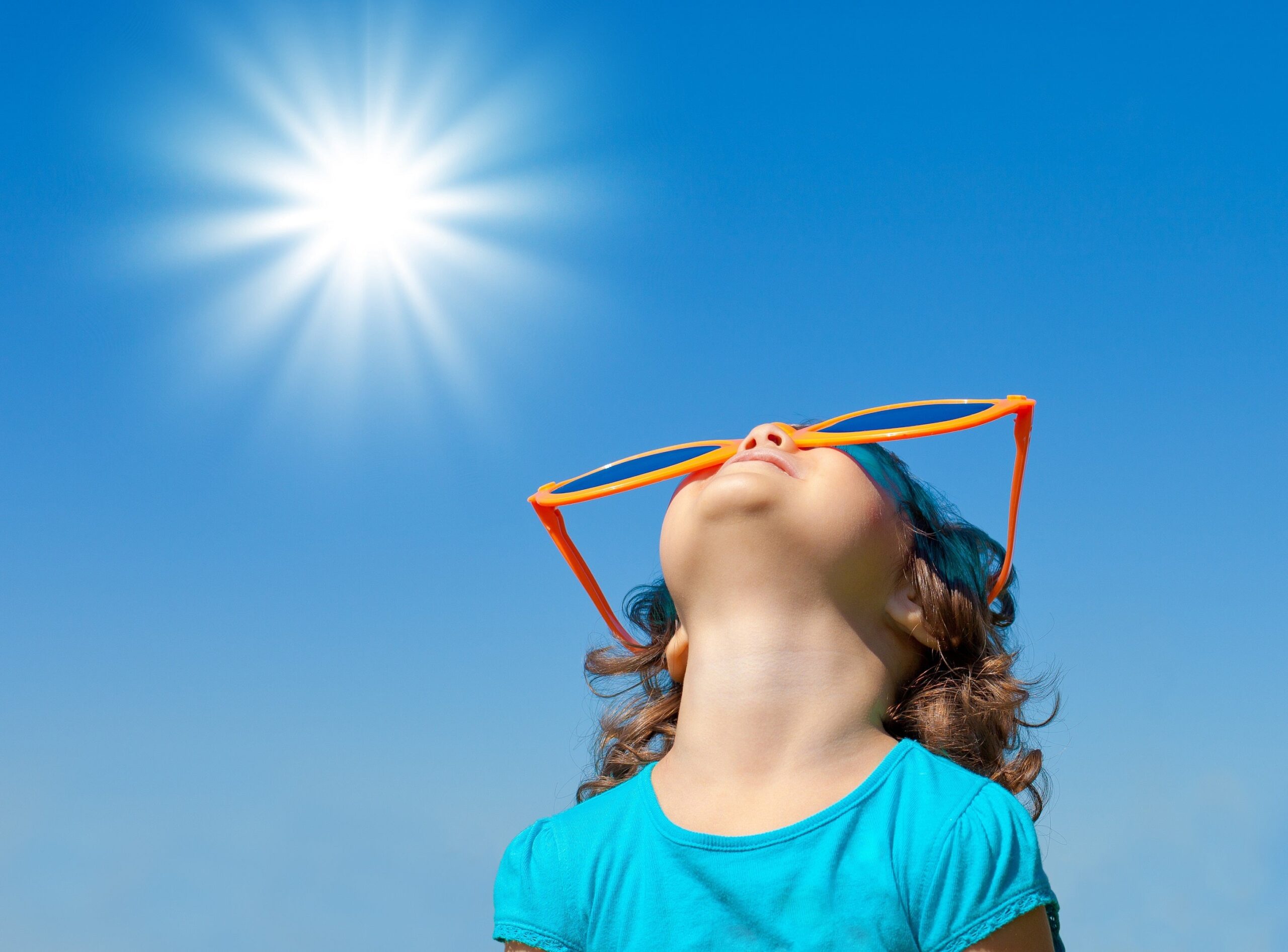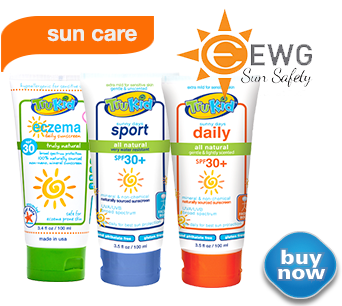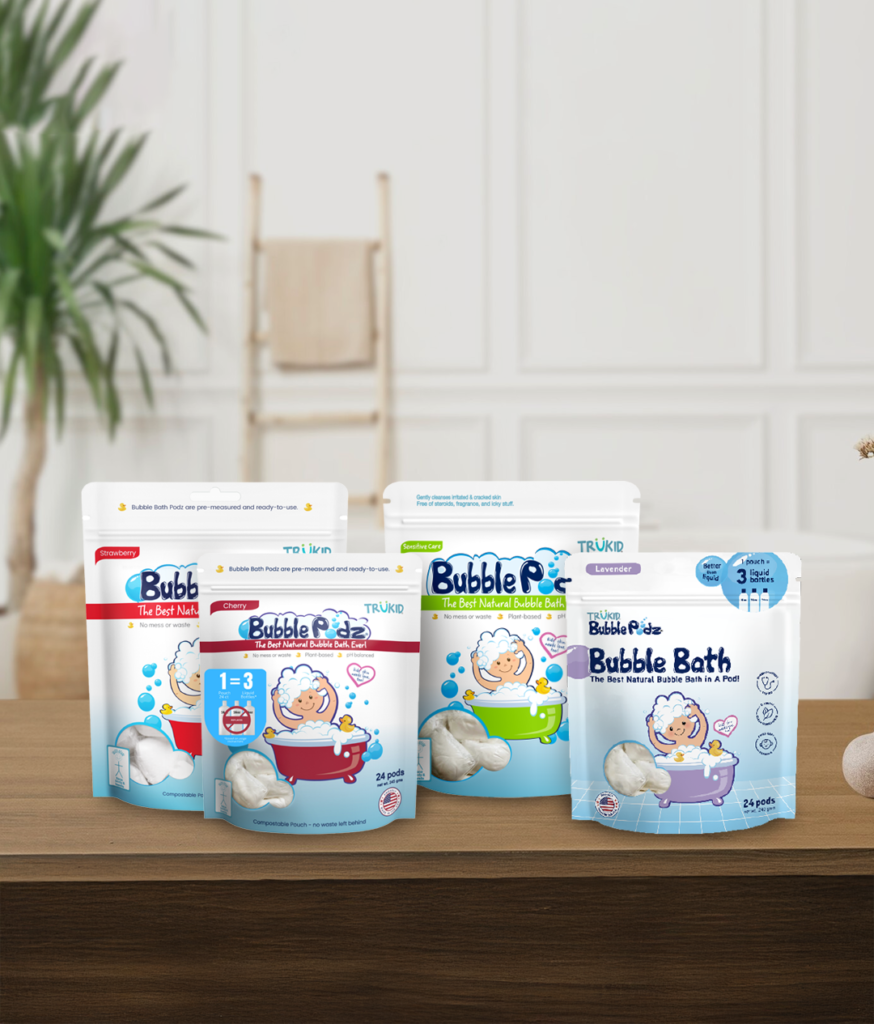
As the summer days dwindle, people tend to mistakenly believe that the danger of sunburns is passing as well. Unfortunately, this is not the case! From weekend sporting events to recesses and lunchtimes, the school year promises lots of time out in the sun, making proper sunscreen application more important than ever. Staggering Statistics Despite the importance of sunscreen, research shows that the majority of people don’t understand sunscreen or how to use it. Watch out for these sun care mis-steps – you may be doing them too! A study completed by the Skin Cancer Foundation found that most people only apply a fourth to half of the proper amount of sunscreen. Further, according to research completed by TNS EPC Sun Care Education, six out of ten sunscreen users fail to reapply as recommended. On top of not knowing how to apply properly, it seems that people generally do not know how to interpret sunscreen labels. The American Academy of Dermatology found that only 32% of survey respondents understood that SPF 30 does not provide twice as much protection as SPF 15 sunscreen. Further, only 45% knew that a higher SPF sunscreen does not protect the user from the sun longer than a lower SPF. Luckily, applying sunscreen is not as challenging or confusing as these statistics make it seem… How to Properly Apply Sunscreen.

- Moisturize, Moisturize, Moisturize! At TruKid, we have found that the first critical step in applying sunscreen is, in fact, not sunscreen. Instead, you should begin with moisturizer, such as TruKid’s natural Happy Face and Body Lotion. Whether your child is getting ready for PE class or a big soccer game, moisturizer will help their skin stay hydrated regardless of how sweaty they get. For children with eczema, TruKid’s National Eczema Association approved, fragrance, chemical, and steroid-free Easy Eczema Therapy Cream is a great deep moisturizer to soothe irritation, prevent dryness, and prepare sensitive skin for a layer of sunscreen.
- The Main Event – Sunsceen Now for the main event… sunscreen! As was made clear earlier, people often struggle with what a proper serving of sunscreen looks like, so let’s settle that issue once and for all… you need at least 1 oz of sunscreen. For a visual, this is about four stripes of lotion down your forearm or about the size of a golf ball. That’s a lot of sunscreen, so it will be easier if it is one your child likes and wants to use! Try TruKid’s SPF 30 Sunny Days Sport for an unscented, easy-to-rub-in sunscreen. When it comes to choosing the right SPF, there is very little difference beyond SPF 30. SPF 15 sunscreen guarantees protection against 93% of UV rays, SPF 30 protects against 97% of rays, and SPF 50-60 shuts out 98% of rays. While no sunscreen can protect against 100% of UV rays, SPF 30 and up protect against the vast majority.
- Encore! Repeat, Repeat, Repeat! Of course, the key to avoiding sunburns is to reapply regularly. The FDA suggests reapplying every 40 minutes, as well as after swimming, toweling off, or sweating. Even if a label promises “water-resistant,” it only promises protection for 40 minutes of water exposure. Try setting a timer on your phone to remind you to reapply, so you don’t get too wrapped up in the fun and forget! As we head into the school year, it can be easy to let your guard down when it comes to sunscreen. However, between sporting events, PE classes, and lunch times, your child inevitably spends a lot of time in the sun. To keep his or her skin safe this year be sure to add TruKid sunscreen to the back-to-school shopping list!

Newsletter
Sign Up For Our Newsletter & Get the Latest Information
This article is intended solely for informational purposes and should not be considered a source of medical advice. The information presented in this article is not a replacement for, nor should it be relied upon as, professional medical guidance. Every individual’s health and medical circumstances are unique. What works or is suitable for one person may not be the same for another. Any decisions related to your health should be made with consideration of your specific health condition, medical history, and the guidance of your healthcare professional.
